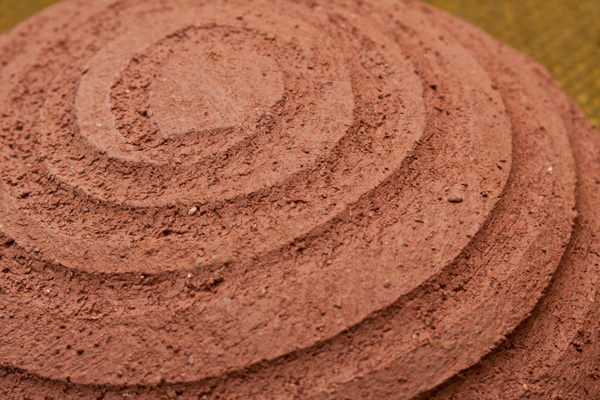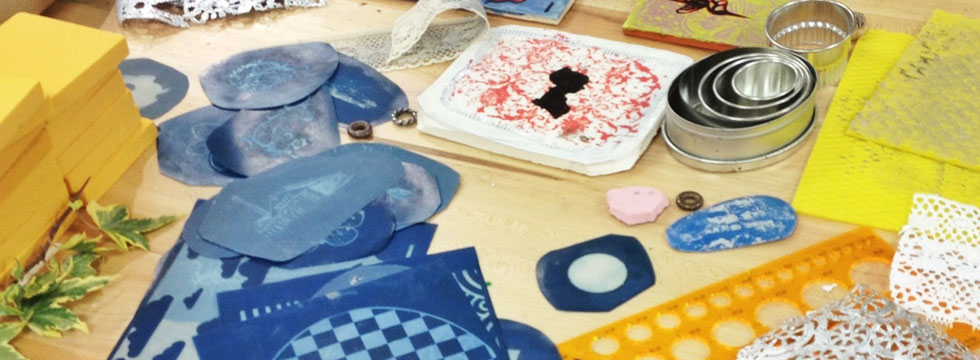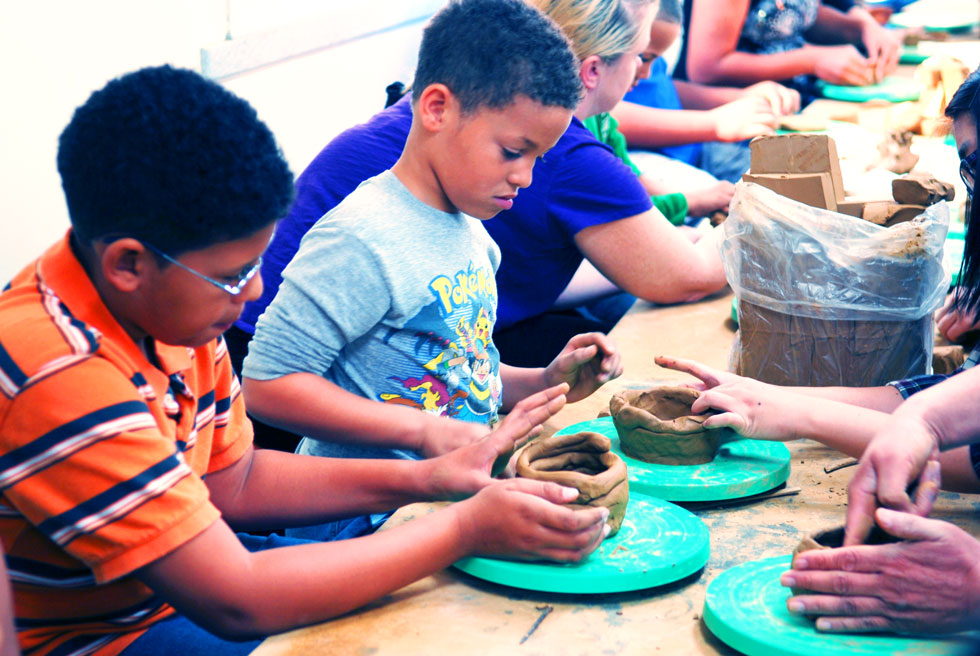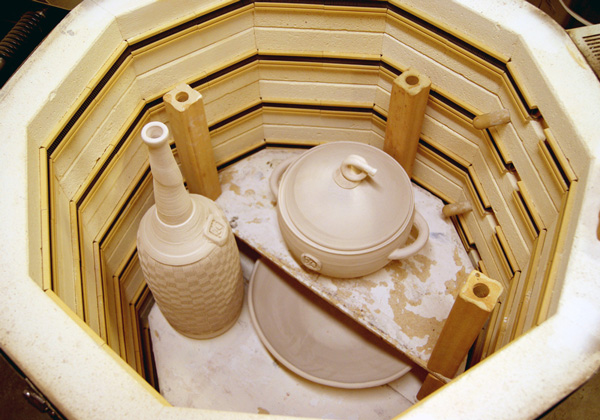Enhancing your clay with additives
Non-clay materials can be added to bodies to enhance their workability or fired surface characteristics.
Today we’re going to talk about the most common clay additives: grog, paper, sand, and nylon fibers.
Grog is prefired ceramic material that is ground up into different mesh sizes then added back into a raw clay body. The most common form of grog are mulcoa blends of smaller mesh sizes (around 100M to 80M) that look like speckled sand. You can also buy it in large mesh sizes (30M to 60M) for a chunkier consistency. The grog gives the clay added strength when building larger forms. It also helps the structure from collapsing when working on taller forms.
You can often purchase it pre-mixed into commercial clay bodies. Clay suppliers sell it by the pound where it can be added into your reclaimed clay or wedged into bagged clays.
Sand has the same forming properties of grog in the greenware stage. But since it’s essentially ground up silica, an ingredient in clay and glaze, adding too much can cause fit uses between the clay body and glaze. Experiment with ratios of sand to clay. Less than 7% sand to clay is a good rule of thumb.
Beware of using beach or landscaping sand versus sand purchased from a clay or refractory company. The former may have surprising contaminants that effect your firing results. Always test each batch!
Paper pulp mixed into clay helps give the greenware strength and lighten the fired clay. Clay with paper pulp added is called (drum roll) paperclay. With a higher pulp to clay ratio, you are able to add wet attachments to bone dry pieces with slip. You don’t need to be too picky about your sources for paper. Toilet paper, broken down cardboard, and newspaper work great.
A strong word of warning: paperclay is notoriously quick to mold and terribly stinky during firing. Be very conscientious of your paper to pulp ratio because the paper it will smolder in kiln. If you’re a school teacher with a poorly vented kiln, you will potentially set off smoke alarms or disturb other classrooms with noxious smells from the burnout.
Best best: make sure you have a well ventilated area to fire and we highly recommend installing a downdraft ventilation system for your kiln. a For more information about paperclay, we recommend Rossette Gault’s book Paperclay.
Nylon fibers added to a wet mixed clay helps add structural support to very large pieces. The fibers are chopped into short half inch sections. It’s best to add this to a wet slurry then reconstitute the clay into a workable state. It doesn’t wedge into clay easily. A little goes a long way. If you’re using a large commercial clay mixer don’t add too much at a time, it can jam the mixer.
Of course this isn’t a comprehensive list of clay additives. It’s a good start to begin exploring ways to enhance your clay’s working properties.
 ClayGeek Clay — it's what we do.
ClayGeek Clay — it's what we do.




HI – what can i mix into my clay to get dark speckles through my glaze?
Thanks
Kristen
Hi Kristen,
I think the additive you’re looking for is ilmenite. Here’s more information on it: https://digitalfire.com/4sight/material/ilmenite_863.html You can use it in clay or glaze for a dark speckled effect.
Can you tell me an approximate percentage/amont of nylon fibers to add to a 5 gallon bucket of casting slip?
Thanks,
Matt